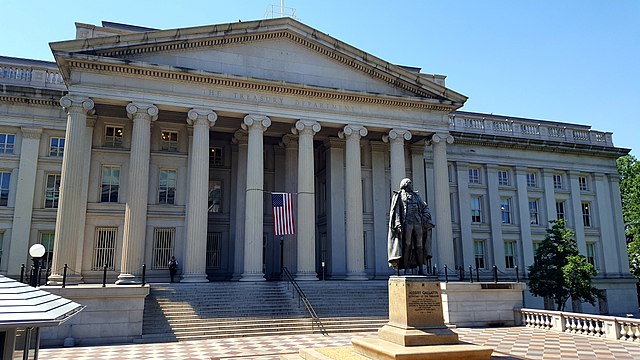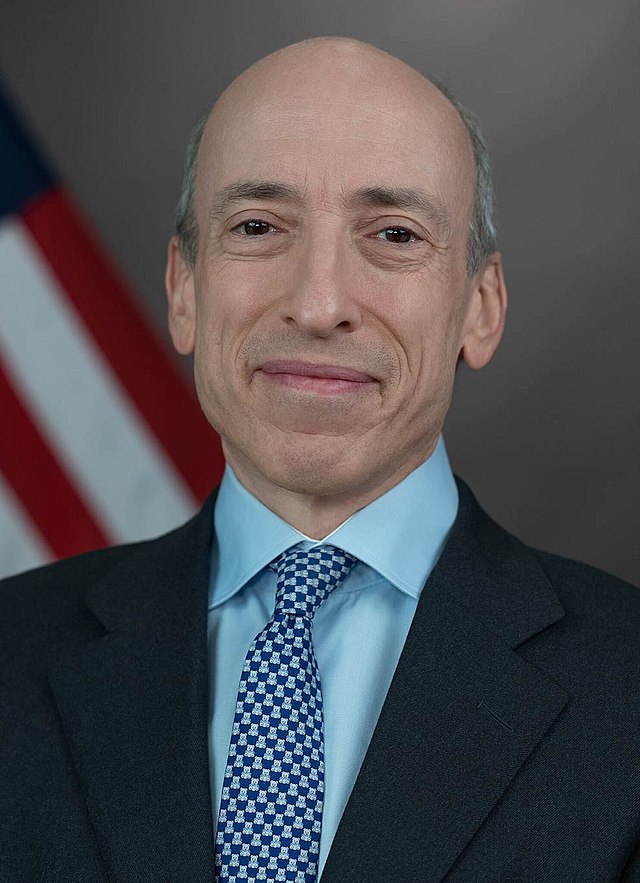Ah, the good ol’ US Treasuries.
They’ve been the bedrock of global finance for as long as I can recall.
Yet, the very foundations upon which they stand appear to be shifting.
But fret not, dear reader, every change offers a new opportunity for the discerning investor.
Here’s my take on the changing landscape.
First, a toast to the changing of the guard.
Foreign governments, US commercial banks, and the ever-present Federal Reserve are stepping back.
Enter the new band of players: hedge funds, mutual funds, insurers, and pensions.
These are not your grandparents’ bond buyers.
They’re nimble, they’re savvy, and they won’t be buying unless the price is right.
The result?
Expect more volatility and potential losses, especially in the longer-dated bonds.
This isn’t just a minor squabble in a niche market.
Remember, Treasury yields influence everything from the humble mortgage rates Joe and Jane Homeowner pay to the borrowing costs of mega-corporations.
The ripple effects are substantial.
And with whispers of a potential recession lurking around the corner, this Treasury shakeup is worthy of our attention.
However, allow me to inject a silver lining into this bond cloud.
The shift might actually be a return to “business as usual” after years of artificially suppressed rates and volatility.
A more active market might restore the Treasury’s role as the trusted economic harbinger we once knew it to be.
But here’s the meat of the matter.
Yields on ten-year Treasuries have touched the sky at 4.89%.
This is reminiscent of figures we haven’t seen in a decade and a half.
And with hedge funds such as Citadel and Millennium Management making waves in leveraged carry trades, it’s evident that the Cayman Islands are echoing with the clinks of celebratory glasses, given the record holdings in US government bonds.
And speaking of celebrations, let’s not forget about mutual funds.
JP Morgan predicts they’ll gulp down a whopping $275 billion in net Treasury issuance this year.
That’s like going from a light beer to a potent cocktail in one go!
And let’s not even begin discussing the appetites of pensions and insurers.
Yet, for all this ravenous demand, there’s a hefty price tag.
As Jay Barry from JPMorgan aptly points out, finding the equilibrium will be akin to riding a roller coaster.
More price-sensitive buyers equate to a steeper yield curve over time.
One can’t help but notice the declining foreign holdings of America’s debt.
With Japan’s waning interest and hedging costs surging, coupled with US commercial banks trimming their Treasury portfolios, one wonders who will pick up the slack.
The Fed? Perhaps, but its recent quantitative tightening program paints a different picture.
To sum it up, the Treasury market is undergoing a metamorphosis.
With the US deficit skyrocketing and debt servicing costs on the rise, challenges abound.
The mounting supply, especially with the demand dynamics shifting, means investors will have to be on their toes.
My strategy?
It’s a complex market, so diversify, stay informed, and perhaps consider shorter-term bonds to mitigate the risks of a tumultuous long-end rate landscape.
Remember, volatility isn’t necessarily the enemy; it’s the unprepared investor who suffers.
As the foundation shifts, find your footing, and you might just dance your way to a profit.
To our ever-evolving financial frontier!
Peter Burke









